Set high on the escarpment, the Mpumalanga Highlands feature endless savannah plains meeting steep mountain passes hugging rugged rocky cliffs. The Highlands of Mpumalanga are a playground for nature and adventure lovers. A number of charming, high-altitude, grassland villages are scattered on a sea of cattle ranches which are interspersed with numerous trout fishing locations and mountain hideaways. Aside from the trout and quaint towns the highland scenery and flora and fauna are also major attractions. Visitors can enjoy a number of wonderful activities including: discovering crystal-clear streams and cascading waterfalls, visiting the Highland’s tourism mecca of Dullstroom, as well as horse riding, whiskey and beer tasting, hiking, fly fishing and much more.






Stretching across 13 000 hectares and part of the Greater Kruger National Park (GKNP) in South Africa, Kapama Private Game Reserve provides an authentic African safari experience. The reserve offers a range of stylish accommodation options across four refined lodges and bush camps from a traditional African safari camp to top-notch luxury suites. Kapama is home to the Big Five and is known for its diverse wildlife experiences which can be enjoyed on one of many game drives offering fascinating encounters with plentiful wildlife. Visitors can look forward to a variety of wonderful activities including: excellent game viewing, enjoying a relaxing spa experience and stargazing after a lamp-lit dinner under the African night sky.
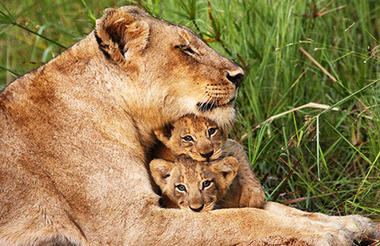
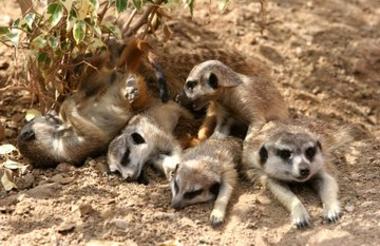
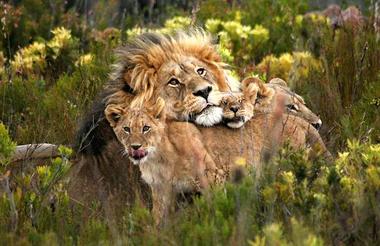



Three hours from Johannesburg’s OR Tambo Airport, and situated in South Africa’s beautiful Mpumalanga Province, is a place deep within a magnificent forest commonly referred to as ‘Scotland’s Only Outpost in Africa’ or ‘the Place of Eternal Mist’. On the map, it’s called Dullstroom. Despite its widespread appeal, the quaint village of Dullstroom still has its own calm, distinctive, and singular atmosphere. The area is known for its excellent fishing opportunities. In fact, the town is the unofficial capital of the piscatorial sport in South Africa. It’s taken so seriously that bait fishing and spinning is not allowed. Dullstroom marks the source of the Crocodile River and is home to other major tributaries providing excellent river and still water fishing as their streams and dams are stocked with both rainbow and brown trout. If fishing isn’t your thing, some dams, thankfully, allow float tubes.
The area’s sub-alpine climate, abundant wildflowers, rare mammals and 3 endangered crane species, not to mention its fresh country air, make hiking through the surrounding areas an unforgettable experience. The three most popular trails are the Ama Poot-Poot, the Num Num and the Elangeni Hiking Trail. The Verloren Valei, a closed reserve north-east of Dullstroom, is the source of 4 rivers making it a wetland of international importance. Because it is so special it can only be visited by appointment or on one of the Friends of Verloren Valei field trips.
If staying in town is more your scene, exploring the original architecture, quaint stores, artisan shops, art galleries and spas which line Dullstroom’s main street is a delightful way to spend a day.
At 6,814 feet above sea level, Dullstroom has the highest railway station in South Africa. Two festivals you may enjoy are the Ducktobeer Beer Fest and the Dullstroom Winter Festival in July. Dullstroom serves as a convenient stopover for visitors on the way to or from the Lowveld and Kruger Park.


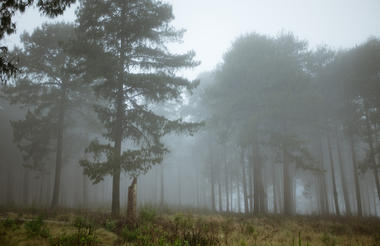
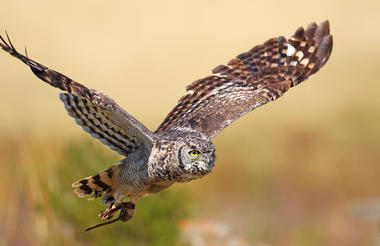


Because the Magaliesberg Mountains are almost 100 times older than Mount Everest and half the age of the earth, it is a unique treasure. For its age, and its amazing richness in important fossils, rock art and unique beauty, the Magaliesberg Biosphere was proclaimed an International Biosphere Reserve by UNESCO.
Stretching for approximately 120kms, from Bronkhorstspruit Dam east of Pretoria to Rustenburg, the Magaliesberg Mountains in northern South Africa may not be the longest or the highest mountain range on planet Earth, but they are some of the oldest. And South Africa has some OLD mountains. The Barbertown Greenstone Belt is 3.6 billion years old and are the oldest mountains in the world. The Waterberg Mountains which are 2.7 billion years old are the 3rd oldest mountain range in the world. The Magaliesberg comes in at number 4 at 2.3 billion years. Over millennia, the mountains have been worn down by weather and nature itself. Its highest point, Nooitgedacht, is about 1,852 metres.
With a span of that many years, it’s not surprising that the mountains have seen nearly all of man’s evolution. Fossil evidence of the earliest hominin species, such as Mrs Ples and Little Foot, shows that humans have lived here as far back as 2 million years. Both of these were found in the Sterkfontein Caves, close to the town of Magaliesberg and in the Cradle of Humankind World Heritage Site. The Magaliesberg mountains were also fought over by the Zulus, and later the Boers and the British. The remnants of British blockhouses can still be seen.
The mountains’ natural history began as sediments deposited in an inland basin. Molten magma welled up pushing the sediments down at an angle. The sediments cracked and were themselves filled by a different magma. This was, over time, eroded, forming the deep ravines in which the rock-climbers of today delight. The Magaliesberg is characterized by large quartzite cliffs, deep tree-filled gullies, and stunning waterfalls. Even if you’re not a rock-climber you can enjoy this natural beauty thanks to the cable-car that starts from the Hartbeespoort Dam and takes you to the top. This dam and the mountain range have now become a popular weekend and holiday spot thanks to its proximity to Johannesburg, Rustenburg, and Pretoria. You can tackle some rock-climbing, gaze in awe at the rock art, take a slow wander along the Crocodile Meander, visit any of the small game reserves scattered along the length of the range, including the nearby Kgaswane Mountain Reserve.
Farewell Dinner in Boma at Seasons







